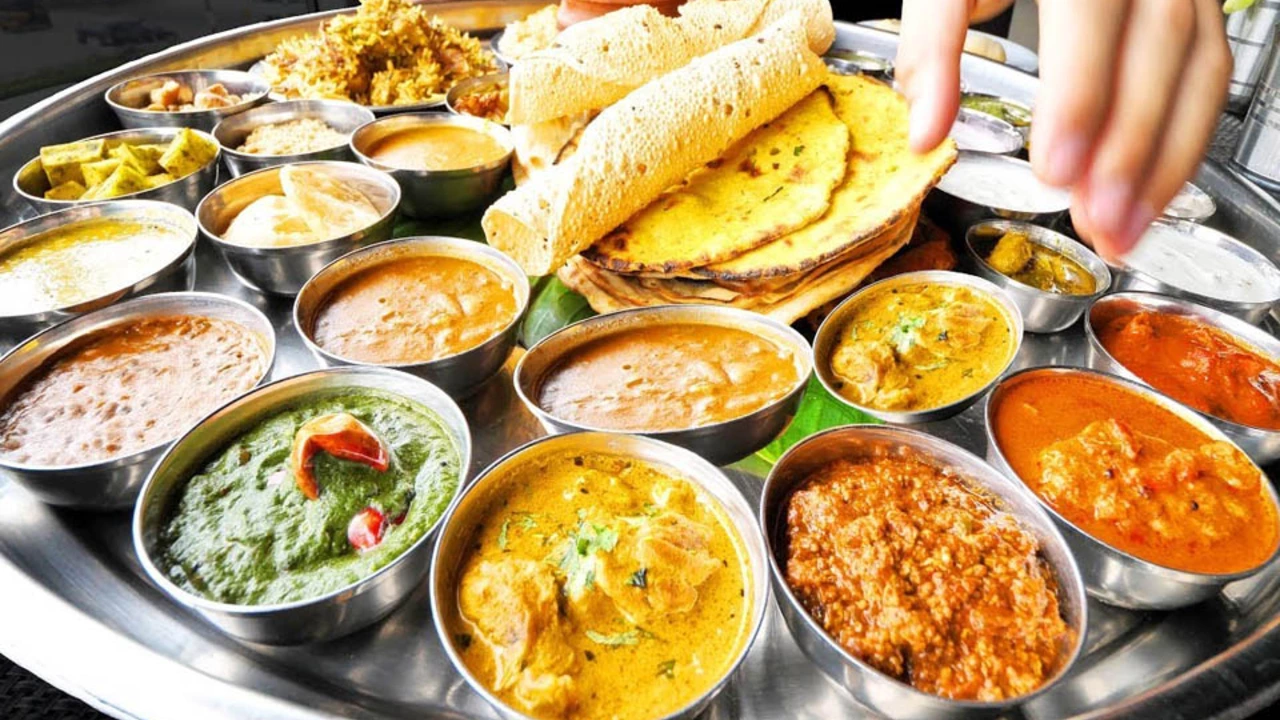Food and Culture – Discover India's Culinary Traditions
When you think about India, the first thing that pops into your mind is probably a burst of flavor. From street stalls in Delhi to home kitchens in Kerala, food isn’t just something you eat—it’s a way to connect with family, history, and the land. On this page we’ll explore how different dishes reflect the people who make them and why food remains a powerful cultural thread.
Why food is a cultural passport
Every region in India has its own spice mix, cooking method, and staple ingredient. Those differences tell a story about climate, trade routes, and local celebrations. For example, mustard oil is common in the north because of the cooler climate, while coconut milk dominates the south where palm trees thrive. When you sit down to a meal, you’re actually tasting a piece of that region’s past and present.
Spotlight on South Indian cuisine
South Indian food often gets the spotlight for its bold use of rice, lentils, and coconut. Think of a steaming plate of idli paired with tangy sambar—simple yet complex. The sourness of tamarind, the heat of chili, and the sweetness of jaggery create a balance that keeps the palate excited. Many people say it’s the comfort food that reminds them of home, especially during festivals like Pongal.
Beyond the classics, South India offers hidden gems like avial, a vegetable stew that blends green beans, carrots, and raw banana with coconut and curry leaves. The dish showcases the region’s love for seasonal produce and the skill of layering flavors without overwhelming the ingredients. Each bite feels like a lesson in how to respect the natural taste of food.
North Indian cuisine, on the other hand, leans heavily on wheat, dairy, and rich gravies. You’ll find buttery naan, creamy paneer tikka, and aromatic biryanis. While the flavors differ, the underlying principle stays the same: food is a way to celebrate community. Whether it’s a wedding feast or a simple family lunch, the dishes are meant to bring people together.
Another interesting angle is how festivals shape what we eat. During Diwali, sweets like gulab jamun and laddus dominate the table, symbolizing prosperity. In contrast, during Ramadan, the focus shifts to hearty soups and dates that break the fast. These seasonal changes keep the culinary landscape dynamic and deeply linked to tradition.
If you’re curious about trying something new, start with a staple you might already know—like a plain dosa. Add a side of coconut chutney and a spoonful of sambar, and you’ll experience the perfect harmony of textures and flavors. The simplicity makes it easy to appreciate each ingredient’s role, and you’ll soon notice how similar approaches appear in other regional dishes.
Food and culture in India are inseparable. Each recipe carries a memory, a story, and a piece of heritage. By tasting the diversity, you not only satisfy hunger but also gain a deeper understanding of the country’s rich tapestry. So next time you see a plate of spicy curry or a sweet dessert, remember you’re holding a slice of India’s soul.
